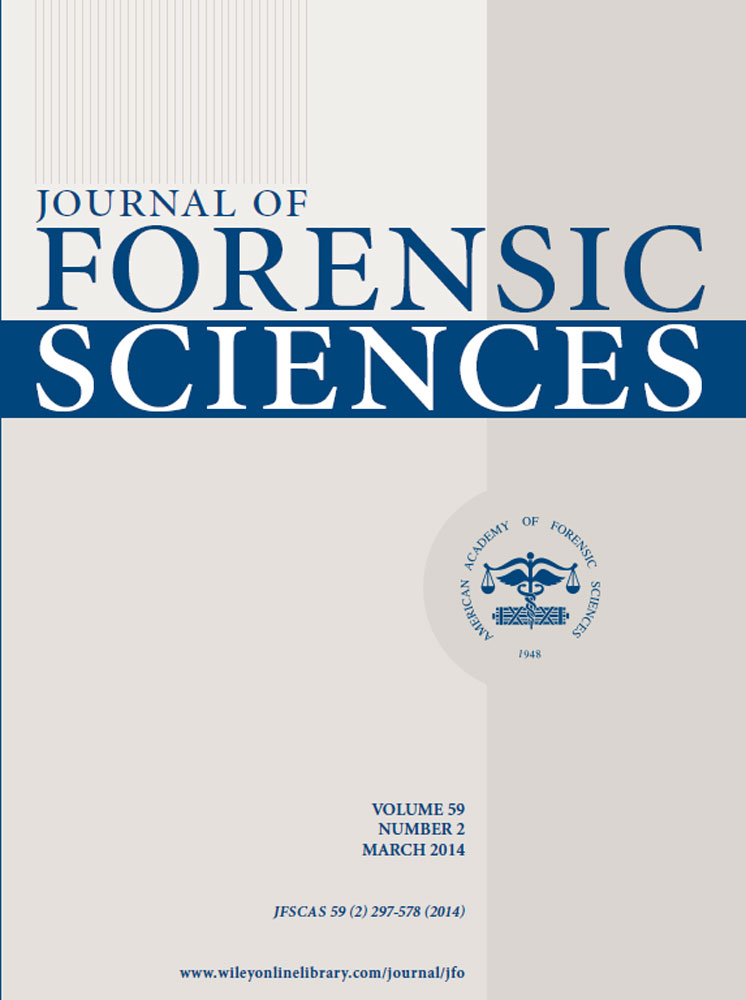Naegeli–Franceschetti–Jadassohn Syndrome in a Saudi Arabian Family
Abstract
In the course of applying to become a soldier, a 23-year-old Saudi Arabian man was found to have no fingerprints. Further medical examination has been carried out for the young man and for the rest of family members including two sisters, mother, and brothers except the father who had died sometime previously. Subsequent medical investigations suggested that he and his two brothers displayed most of the features of the Naegeli–Franceschetti–Jadassohn (NFJ) syndrome. These features included skin changes with hypo- and hyperpigmentation, hypohidrosis, dystrophy of the nails, diffuse thickening of the palms and feet, a lack of fingerprints (dermatoglyphics), and atrophic changes in the skin of the face; there were also dental anomalies. A typical feature of the Naegeli–Franceschetti–Jadassohn syndrome was found in a Saudi Arabian family. The aim of this study was to present this rare condition affecting a Saudi Arabian family and review the current literature on the subject.




